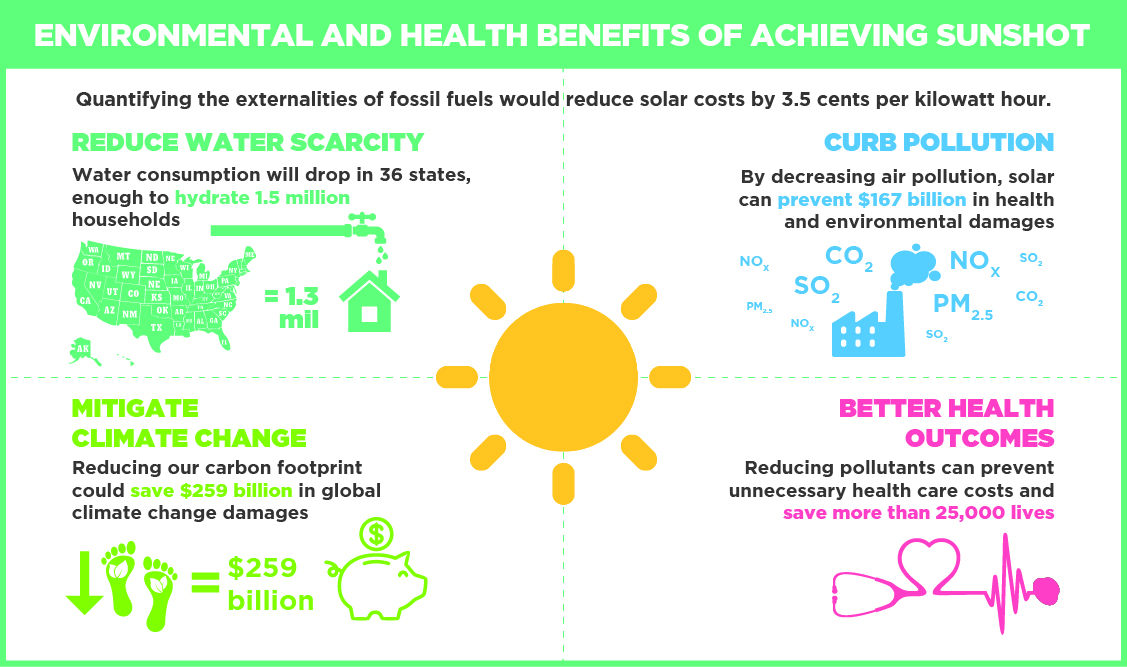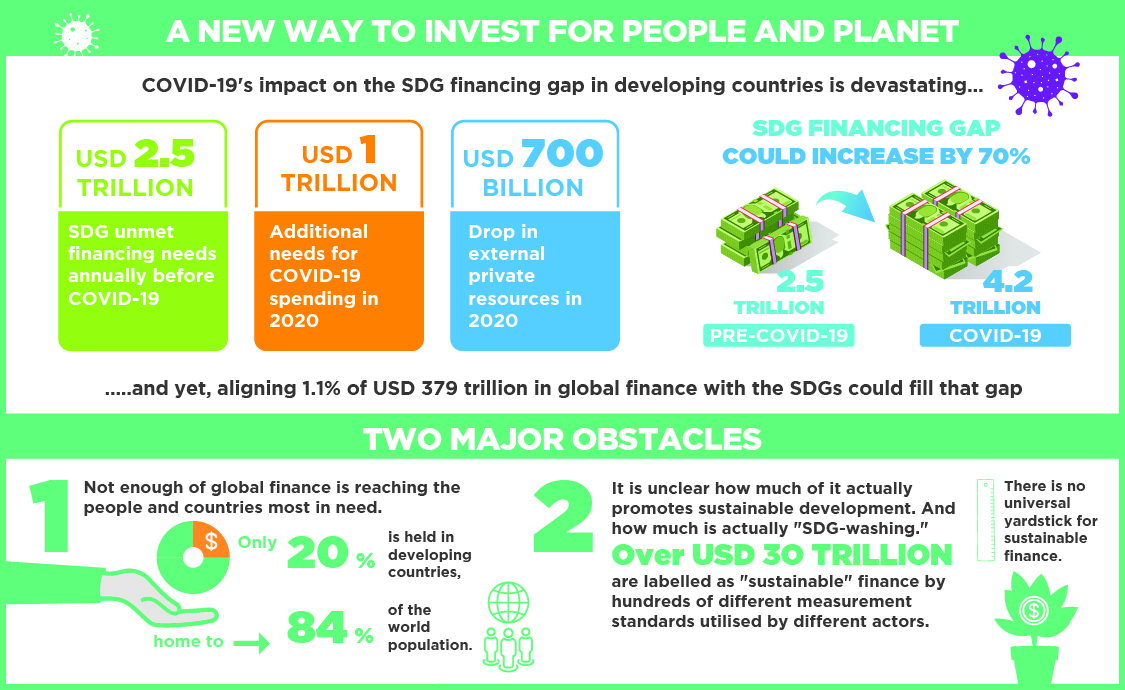From climate targets to social gains, renewable energy is seen as key to unlocking SDGs.
Global progress on the U.N.’s 2030 goals has stalled. According to the Sustainable Development Goals Report 2024, just 17% of the targets are on track. Closing a $4 trillion financing gap is now seen as vital—not only to keep warming below 1.5 °C but also to prevent poverty and ecological breakdown. Aligning renewable energy efforts with the 1.5 °C target could have a socioeconomically transformative impact. According to Benjamin K. Sovacool, professor of energy policy at the Science Policy Research Unit (SPRU) at the University of Sussex, renewable energy provision aligns with all 17 SDGs and 169 targets, generating income for low-income communities, increasing resilience, and driving innovation leaps.
Sovacool, who is also the director of the Institute for Global Sustainability (IGS) at Boston University, told Envoy Magazine in an interview that their study examining four low-carbon transitions in Europe finds 120 additional benefits beyond just carbon emission reductions. These include positive employment growth and reduced dependence on energy imports.
In a peer-reviewed study in the journal Environmental Science & Technology, he examines the positive health benefits of hydropower and other renewable energy sources (wind and solar). He says substituting fossil fuels with hydropower saved 42.1 million lives between 2000 and 2020, while wind and solar energy saved 38 million lives. “We project that between 2021 and 2040, hydroelectric energy could save 46.2 million more lives and displace 1,281.47 gigatons of CO2,” Sovacool said. “Substituting fossil fuels with other renewable energies could similarly save 41.2 million more lives and displace over 1,250 gigatons of CO2.” He added that when these figures are combined, renewable energy systems could save more than 100 million lives in the future.

Sovacool said. “According to another study in the journal Ecological Economics, most decision-makers consider certain co-benefits, such as economic benefits (energy savings) or environmental benefits (avoided carbon emissions), but overlook many benefits across other dimensions, such as social, cultural, or political.”
Sovacool also said the energy transition can more effectively support equality and gender inclusion by leveraging the principles of a “just transition.” “The just transition framework refers to a set of principles, processes, and practices aimed at ensuring that no people, workers, places, sectors, countries, or regions are left behind in the move from a high-carbon to a low-carbon economy,” Sovacool said. He explained that the concept became prominent globally in the early 1980s, linked to environmental regulations that caused job losses in highly polluting industries. “Traced from a purely labor movement, trade union space, the just transition framework emphasizes that decent work and environmental protection are not incompatible,” he said. The idea gained traction at COP24, with the Just Transition Silesia Declaration.
“During COP24, with the Just Transition Silesia Declaration, the concept gains recognition and was signed by 56 heads of state,” Sovacool said.
“Implicit in a just transition is the notion of well-being, equity, and justice – the realization that transitions are inherently disruptive and that deliberate effort may be required to ensure communities dependent on fossil-fuel-based economies and industries do not suffer disproportionately.”
Sovacool also examines whether the Renewable Acceleration + Sustainable Development Goals (RA+SDG) pathway can be implemented technically and politically. He says that while the RA+SDG pathways are technically feasible, they are politically unworkable. “I even wrote an article on this very topic in The Electricity Journal, arguing that renewable energy sources make perfect sense from an environmental, technical, and economic perspective, but are politically difficult because they require current costs for future gains,” he said.
“Politicians, on the contrary, need their current gains at the expense of future costs.”
Governance and the SDG financing crisis
The annual $4 trillion SDG financing gap is not so much about insufficient capital as it is about systemic weaknesses in governance. Weak institutions, fragmented oversight, and diminishing public trust undermine both the mobilization and effective use of development finance. Experts believe public capital is taking on risk without meaningful public value or alignment with national priorities. José Antonio Ocampo, former Colombian finance minister and professor at Columbia University, told Envoy Magazine the 4th U.N. Conference on Financing for Development (FFD) focuses on three key areas.
“The first is to achieve the target set in the United Nations for official development assistance (ODA) more than half a century ago: 0.7% of the gross national income of developed countries,” he said. “This is an immense challenge given the decision of the U.S. to eliminate USAID, as well as the cuts by several European countries that reduce ODA as part of a budget reallocation to military purposes.” “The second emphasis is on the role of development banks, both international and national,” Ocampo said. “This proposal is positive, but it must now be followed by actions to capitalize the multilateral development banks, as well as to create new national development banks and capitalize those that already exist.”
He added that financing desirable private investments in public goods or public-private partnerships should also be a priority. “That may include a broad use of different banking instruments: credits, but also guarantees and equity funds managed by the development banks.”
“The third is additional tax revenues for developing countries,” Ocampo said. “That should be the major priority of the Convention of International Tax Cooperation currently being negotiated in the United Nations.”



